What is the D chord? Why do A and F# go well with D? Answered graphically with math.
Perhaps you know that the D chord consists of the first (tonic) the 3rd (mediant) and 5th (dominant) notes.
The first note is D itself, the second most important note is the 5th 'A' note and also important is the 3rd 'F#' note. But why are these notes important, and why do they sound nice when played together, and why do we call this the D chord, and not the A or F# chord, since they are both played along with the D?
This video answers these questions by graphing out the time-domain signals for these different notes as well as the lower-octave d notes. The script is loosely transcribed below:
So perhaps you know how to play a D chord on the guitar or piano. On the piano, the D scale looks like this
This follows the progression of W-W-H-W-W-W-H steps back from D back to a higher-octave D
Perhaps you know that the D chord consists of the first (tonic) the 3rd (mediant) and 5th (dominant) notes
So our first note is D itself, the second most important note is the 5th 'A' note
And also important is the 3rd 'F#' note
But why are these notes important,
and why do they sound nice when played together,
And why do we call this the D chord, and not the A or F# chord, since they are both played along with the D?
Let me try and answer those questions by plotting out these notes with respect to time
OK, so lets start by plotting out the D note, which is at 293.665 Hz
This plot is just showing how the signal oscillates in time
Now let's also include the 5th, or A note, which is at 440 Hz
You can see that their peaks periodically align
Adding these signals together, you can see where their peaks aligns
This is why the 5th is an important note, it has a frequency with peaks that periodically match up with the the D note.
Now, lets show the 3rd, or F# note
You can see the 3 notes all align at another point
If we add all these signals up, we get this
So you can see they add up constructively at periodic points in time
This is why these three notes sound nice together, they constructively combine at periodic points in time, so they sort of match up with each other in time.
But if we just considered these points where they added up, what note would this correspond to, with peaks in the same places
Well, lets show the D note two octaves down
This is two octaves down from d because the frequency is divided by 2^2, or
293.665/2^2 = 73.4 Hz
You can see this note also has peaks at the same place
So that is why we call this the D chord, because those three notes constructively combine at the peaks of the D note, 2 octaves down.
So that is the mathematical basis of the D chord, and why the 3rd and fifth notes in the D scale are especially important, why this particular combination of notes is called the D chord, not the F# or A chord. The same applies to other chords like the E or F chord, where the 3rd and fifth notes of the scales are important of those scales are important for the same reason.
-
 0:56
0:56
Beginner Guitar
3 years agoGuitar Theory - The F Shape - F chord
113 -
![Easy F Chord Guitar Lesson for Beginners [Finger Exercises]](https://hugh.cdn.rumble.cloud/s/s8/1/Q/t/A/b/QtAbe.0kob.1-small-F-Chord-for-Beginners-Guita.jpg) 14:57
14:57
PaluzziGuitar
2 years agoEasy F Chord Guitar Lesson for Beginners [Finger Exercises]
251 -
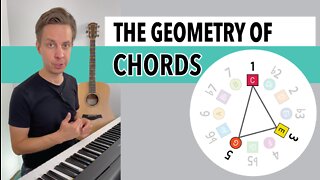 2:21
2:21
Mike George
2 years ago $0.01 earnedThe Geometry of Chords (music theory)
51 -
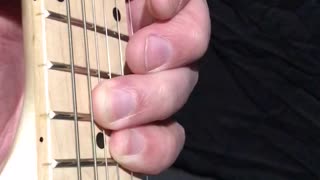 0:46
0:46
Beginner Guitar
3 years agoGuitar Theory - Root Note and Blue Note - 6 half steps
79 -
 8:06
8:06
Mike George
2 years ago $0.02 earnedHarmony // How Chord Function Works
31 -
 10:36
10:36
Mike George
2 years agoGuitar // Chords in the Key of F (Ionian)
37 -
 11:03
11:03
Mike George
2 years ago $0.03 earnedChord Theory // How to Build Chords
147 -
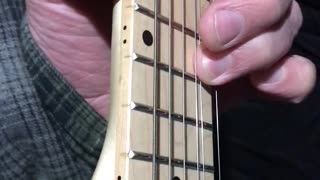 0:45
0:45
Beginner Guitar
3 years agoGuitar Theory - Practicing Perfect 4th using all fingers, on all strings, on all frets...
97 -
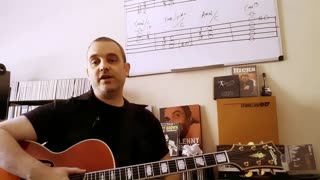 29:34
29:34
Music Concepts Complete
9 months agoAny Chord Can be a C Chord
2 -
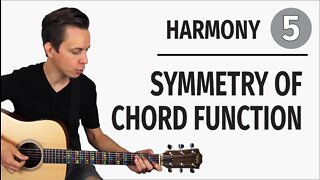 8:44
8:44
Mike George
2 years ago $0.01 earnedHarmony // The Symmetry of Chord Function
28